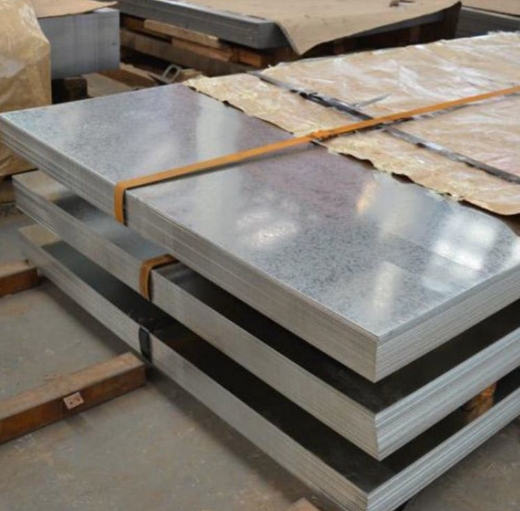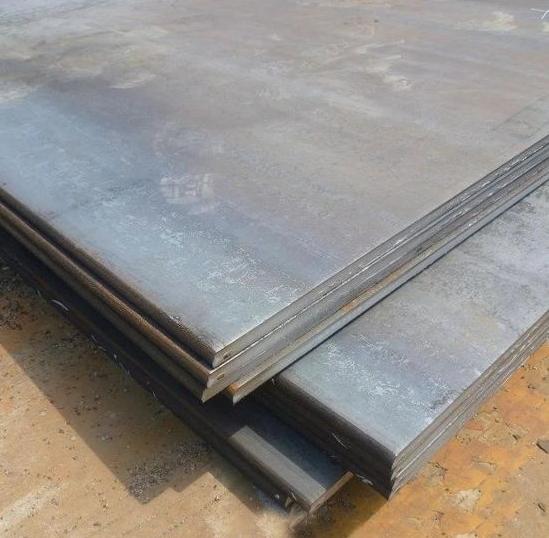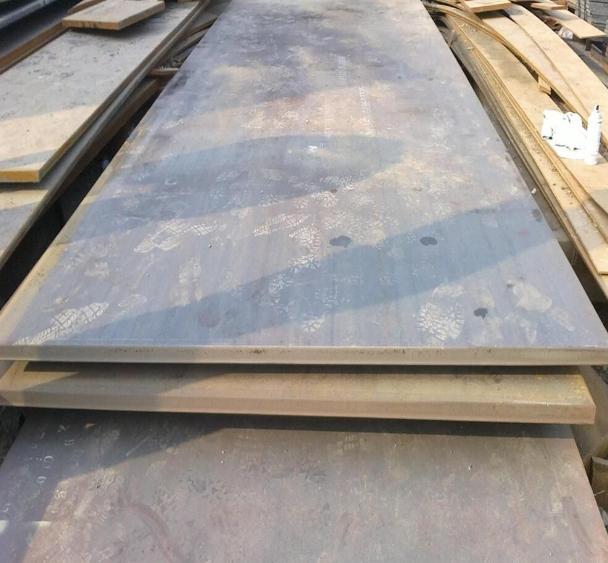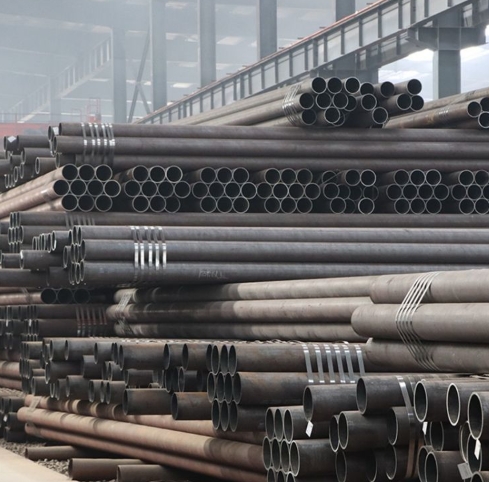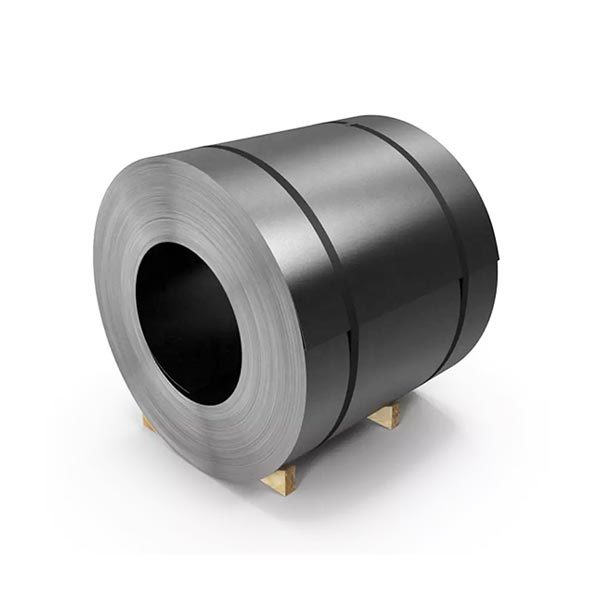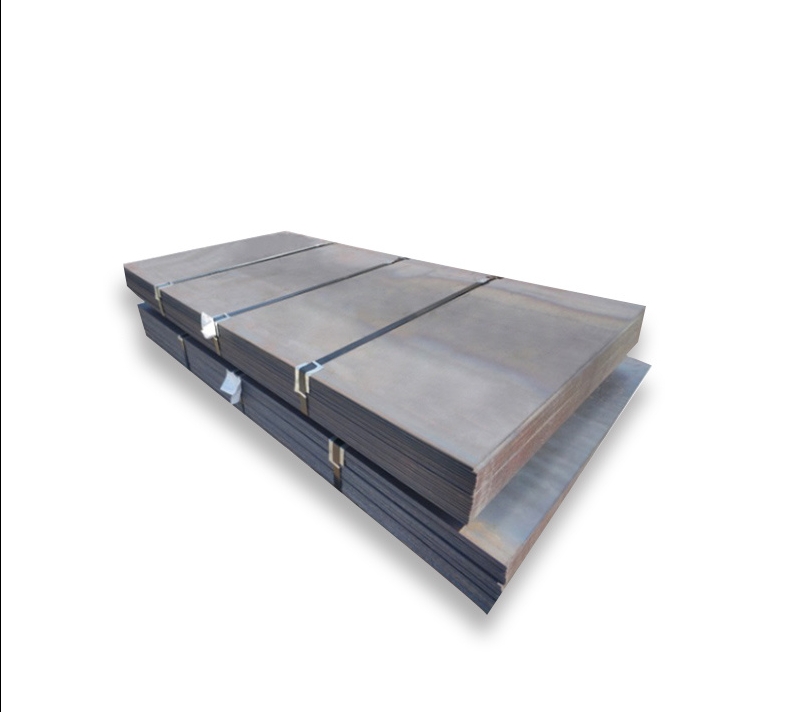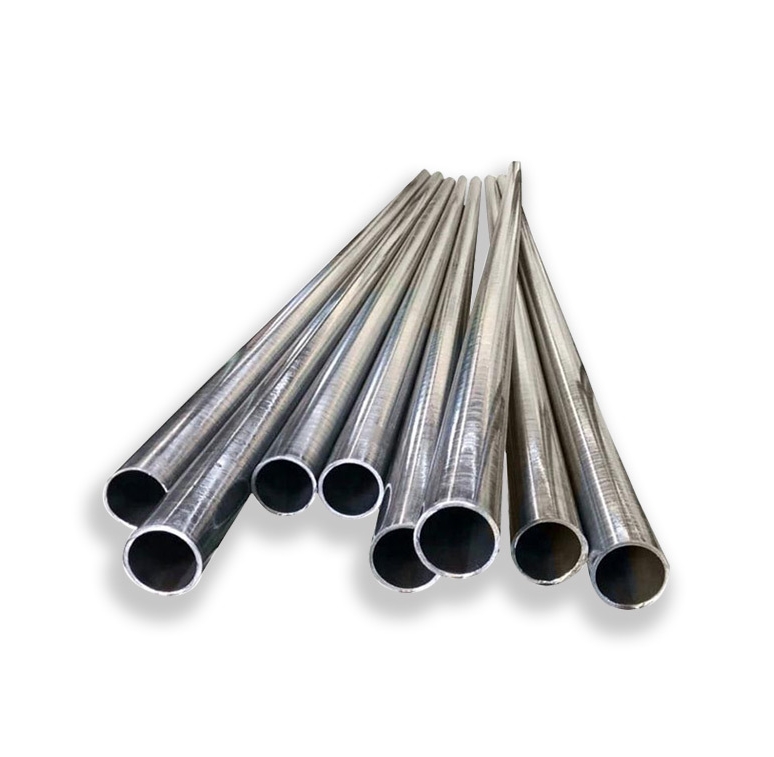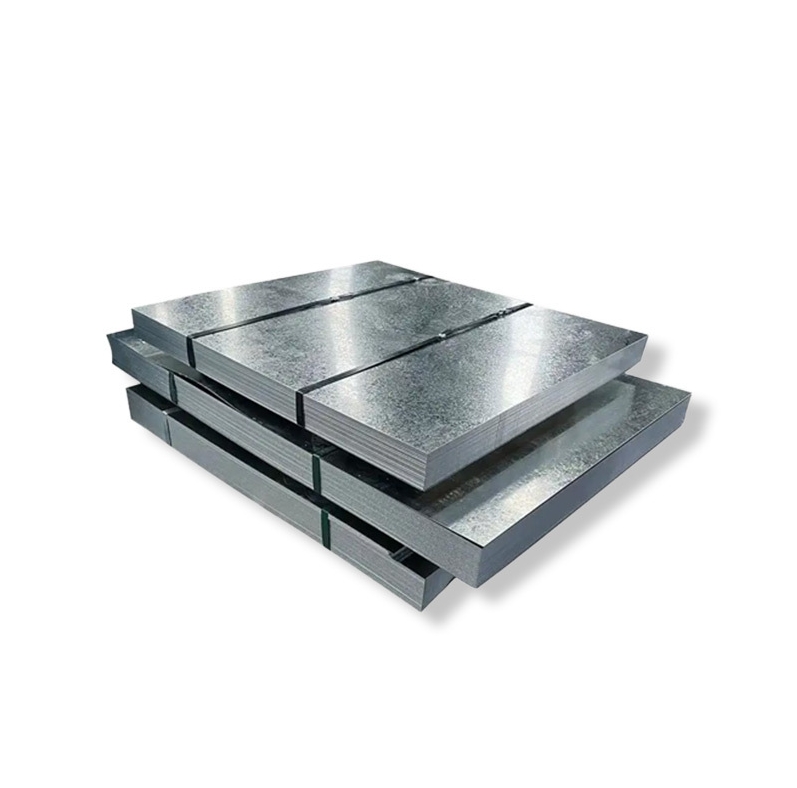Introduction: The Double-Edged Sword of Blade Making
Why do 62% of amateur knife makers struggle with blade warping? (Blade Magazine, 2023). The answer often lies in improper steel selection. 1075 carbon steel plate strikes a unique balance between hardness and toughness—if you know its secrets. Let’s slice through the myths and reveal pro-level techniques.
Problem 1: The Quenching Nightmare
Warping Woes in Heat Treatment
1075 carbon steel plate contains 0.70–0.80% carbon—enough for HRC 60+ hardness but prone to distortion during quenching. I once ruined a batch of chef knives by using vegetable oil instead of fast-quench oil.
Solution: Precision Temperature Control
| Stage | 1075 Carbon Steel Plate | 1095 Steel |
|---|---|---|
| Austenitizing | 1,475°F (30 mins) | 1,500°F |
| Quenching Medium | Fast oil (120°F) | Parks #50 |
| Tempering | 350°F × 2 hrs | 400°F |
Source: ASM Heat Treater’s Guide (2024)
Use infrared thermometers for real-time monitoring. Shanxi Luokaiwei Steel Company’s pre-normalized 1075 carbon steel plates reduce warping by 40% ([email protected]).
Problem 2: Rust Never Sleeps
The Patina Paradox
Uncoated 1075 carbon steel plate develops surface rust in 48 hours at 60% humidity (NACE, 2023). Yet, controlled patina formation actually boosts corrosion resistance.
Case Study: Survival Knife Success
An Oregon workshop uses mustard patina on 1075 carbon steel plate blades:
- Degrease with acetone
- Apply mustard in patterns
- Wait 2 hours
- Neutralize with baking soda
- Oil with Renaissance Wax
Result? Zero rust after 6 months of field testing.
5-Step Blade Forging Masterclass
-
Stock Selection
Choose 3/16″ thick 1075 carbon steel plate for full-tang knives. -
Annealing Prep
Heat to 1,200°F and cool slowly in vermiculite to soften for drilling. -
Profile Cutting
Use CNC plasma for complex shapes or angle grinders for DIYers. -
Differential Hardening
Coat spine with refractory cement before quenching for flexible spine/hard edge. -
Cryogenic Treatment
Soak at -120°F for 24 hours to convert retained austenite, boosting edge retention.
⚠️ 3 Deadly Mistakes with 1075 Steel
-
Overgrinding During Shaping
Keep temps below 400°F—blue discoloration means ruined temper. -
Wrong Belt Grits
Start with 36-grit zirconia belts, finish with 800-grit trizact. -
Ignoring Grain Flow
Always forge parallel to the 1075 carbon steel plate’s rolling direction.
Problem 3: The Sharpness Illusion
Edge Geometry Matters More
A 2024 Cutlery Science Institute study proved:
- 20° edge angle lasts 3x longer than 15° on 1075 carbon steel plate
- Convex edges outperform hollow grinds for chopping
Case Study: Historic Sword Reproduction
Using 1075 carbon steel plates from Shanxi Luokaiwei (WhatsApp +86 18912200505), a Japanese smith:
- Recreated 14th-century katana curvature via clay tempering
- Achieved HRC 58 core/HRC 62 edge
- Passed 1,000 tatami mat cut test
When to Choose Alternatives
- Razor Blades: Use 1095 steel (higher carbon)
- Saltwater Use: Opt for LC200N stainless
- Mass Production: Laser-cut 440C blanks
Conclusion: Forge Smarter, Not Harder
1075 carbon steel plate remains the sweet spot for hand-forged blades—combining traditional feel with modern performance. Master its quirks, and you’ll outcut factory-made knives.
Blade Maker’s Checklist
- [ ] Verify carbon content (0.70–0.80%)
- [ ] Preheat forge to 1,475°F ±25°
- [ ] Use fast quench oil at 120–140°F
- [ ] Temper immediately after quenching
- [ ] Source certified 1075 carbon steel plate (Email: [email protected])
Don’t let warped blades dull your passion. With these hacks and quality 1075 carbon steel plate, you’ll craft edges that bite—and last. 🔪


